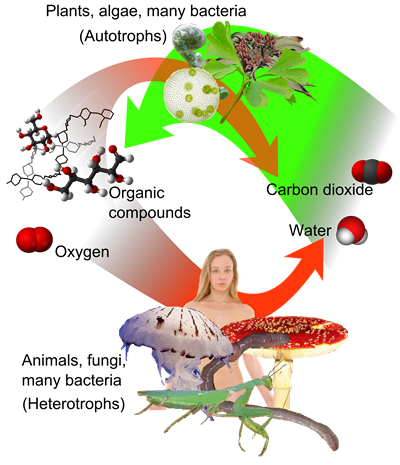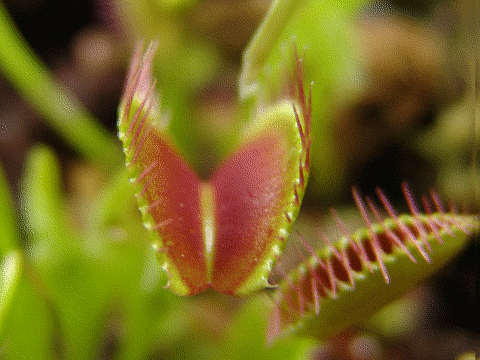PDF chapter test TRY NOW
As previously said, energy in the form of ATP is required to keep the body of living organisms in a state of order. In addition, growth, development, protein production and other vital chemicals in the body all require external inputs. Thus, food is a source of energy and resources for us.
What is nutrition?
- Nutrition means the biochemical and physiological process by which an organism uses food to sustain its existence.
- It is also described as the sum of all processes through which a living creature absorbs and uses raw materials to construct its structure and the maintenance of body functions.
The substance that works as a raw material for bodybuilding and maintaining its functions is termed a nutrient.
Where do living organisms obtain their nutrition?
The sources of nutrients are more or less common in all living organisms. But the mode of nutrition varies from one species to another. Based on these sources, there are two modes of nutrition seen in living organisms.
- Autotrophic nutrition
- Heterotrophic nutrition

Autotrophic nutrition:
Autotrophic nutrition is a type, in which living organisms utilise simple inorganic substances such as water and carbon dioxide, and produce food on their own. These organisms are known as autotrophs.
Example:
Green plants as well as certain lower microscopic plants.
In this form of nutrition, organisms produce food independently using simple inorganic substances such as water and carbon dioxide in the presence of light and chlorophyll
In simple words, these organisms transform light energy into carbohydrates like glucose through photosynthesis. Plants use these carbohydrates to generate ATP through the process of cellular respiration.
(It will be discussed in the later sections of this topic).
ATP production does not consume all of the carbohydrates generated by the plants. Instead, some of it is stored as starch in the plant's body. This chemical acts as an internal energy store that is only used when necessary.
Autotrophs are categorised according to their energy source.
- Photoautotrophs are organisms that rely on the sun's light energy to survive.
- Chemoautotrophs are organisms that rely on the chemical energy of particular chemicals, such as ammonia and nitrites.
Heterotrophic nutrition:
Not all species are capable of preparing their food to generate ATP. Except for autotrophs, all organisms are heterotrophs.
Heterotrophs, unlike autotrophs, are unable to utilise inorganic materials. To create ATP, they need complicated molecules made up of inorganic elements. These complex compounds must be broken down into simpler ones to make ATP (recall catabolism).
Bio-catalysts or enzymes are the chemicals that carry out this process. As a result, we can deduce that heterotrophs rely on autotrophs for survival, either directly or indirectly.
Heterotrophs include all animals and fungi in the Animalia and Fungi kingdoms. Even the kingdom Plantae has several species that feed in a heterotrophic manner.
This includes insectivorous plants (Venus flytrap), which get their nourishment from insects and parasitic plants like Cuscuta, which eat other plants.

Venus fly trap
Important!
A detailed explanation about the heterotrophs will be discussed in the later parts of this chapter.
Reference:
https://upload.wikimedia.org/wikipedia/commons/6/61/Auto-and_heterotrophs.png
http://lifeofplant.blogspot.com/2011/03/nastic-movements.html
